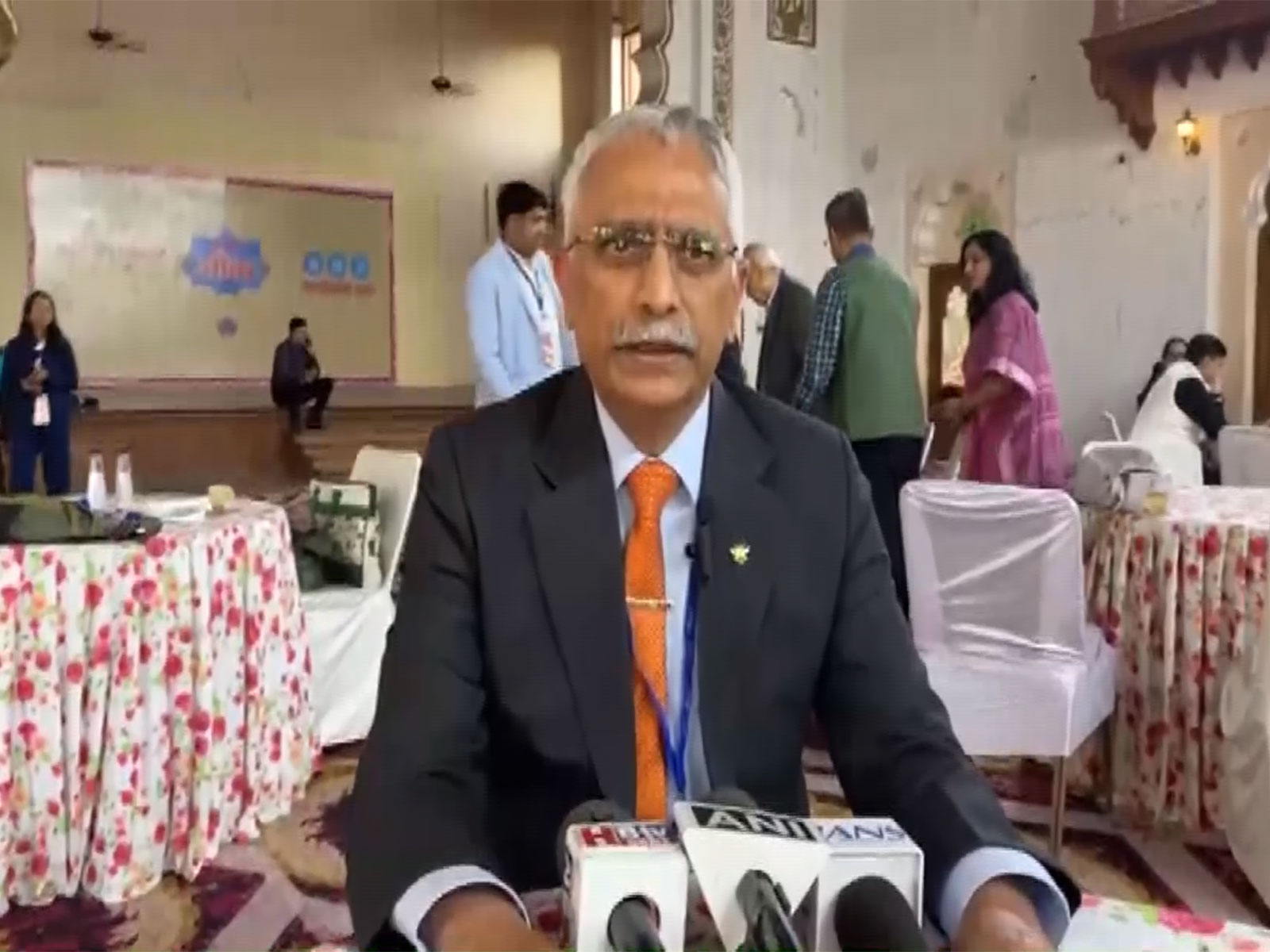Experts discuss China's infrastructural ambitions in Himalayan region during recent webinar
Aug 09, 2024

Stockholm [Sweden], August 9 : The Stockholm Centre for South Asian and Indo-Pacific Affairs (SCSA-IPA) brought together scholars and experts from Europe, the US, and South Asia to examine China's strategic investments and influence in the Himalayan region.
The webinar titled "China's Himalayan Hustle Part I: Can China Achieve Infrastructural Hegemony?" was moderated by Dr Jagannath Panda, Head of SCSA-IPA. It explored China's multifaceted approach to the Himalayas, focusing on its economic investments, military involvement, and diplomatic strategies.
Panda emphasised the need for more in-depth discussions about China's Himalayan strategy, noting a gap in Western and European discourse on the issue.
The webinar addressed key questions concerning China's current infrastructural development plans in the Himalayan region, the implications of the Belt and Road Initiative (BRI), and the country's long-term goals in this geopolitically sensitive area. 
Panda highlighted the strategic importance of understanding China's actions in the Himalayas, particularly in the context of unresolved territorial disputes with neighbouring countries like India and Bhutan.
Matej Simalcik, Executive Director of the Central European Institute of Asian Studies, discussed China's infrastructure projects in the Himalayan region, linking them to the broader context of the Tibet issue and China's border strategy. He pointed out the significance of these projects in influencing regional stability and governance, particularly in countries like Nepal, which has received substantial Chinese investment.
"China's approach to the region is not based merely on territorial disputes, but also on military and economic matters. This is especially evident in Nepal, a country that since 2019 has received investment for many infrastructure projects, including, for example, the trans Himalayan railway network," said Simalcik.
Jeffrey Payne, a professor at the Near East South Asia (NESA) Centre for Strategic Studies, elaborated on China's Himalayan policy as an extension of its broader domestic and foreign policy objectives. He drew parallels between China's approach in the Himalayas and its actions in the South and East China Seas, suggesting that China's tactics are aimed at asserting control over disputed territories.
"A parallel can be made with China's approach in the South and East China Seas and the Himalayan region--in both disputed areas, the Chinese action is to make the world notice that they can control these regions, and as a result, these territories are by default theirs," said Payne.
Thomas Eder, a senior researcher on China, highlighted China's neighbourhood policy, emphasising the importance of security partnerships with countries like Pakistan. He noted that China's investments in Pakistan, particularly through the China-Pakistan Economic Corridor, are a crucial part of its competition with the U.S. and efforts to secure its periphery.
Antonina Luszczykiewicz-Mendis, a former Fulbright senior scholar at Indiana University-Bloomington in the United States, discussed India's concerns regarding China's infrastructure projects, especially those related to water sharing and transboundary rivers like the Brahmaputra. She pointed out that China's activities in these areas could exacerbate tensions, given the existing border disputes and water rights issues.
Dr. Saroj Kumar Aryal, a researcher at the Faculty of Political Science and International Studies at the University of Warsaw, provided insights from Nepal's perspective, highlighting the growing influence of China in Nepal's internal politics and the challenges posed by China's infrastructure projects near the India-Nepal border. He also noted Nepal's limited capacity to monitor Chinese activities in the northern Himalayas.
The webinar concluded with a call for greater cooperation between the West, India, and other regional players to counter China's infrastructural ambitions in the Himalayas.

















